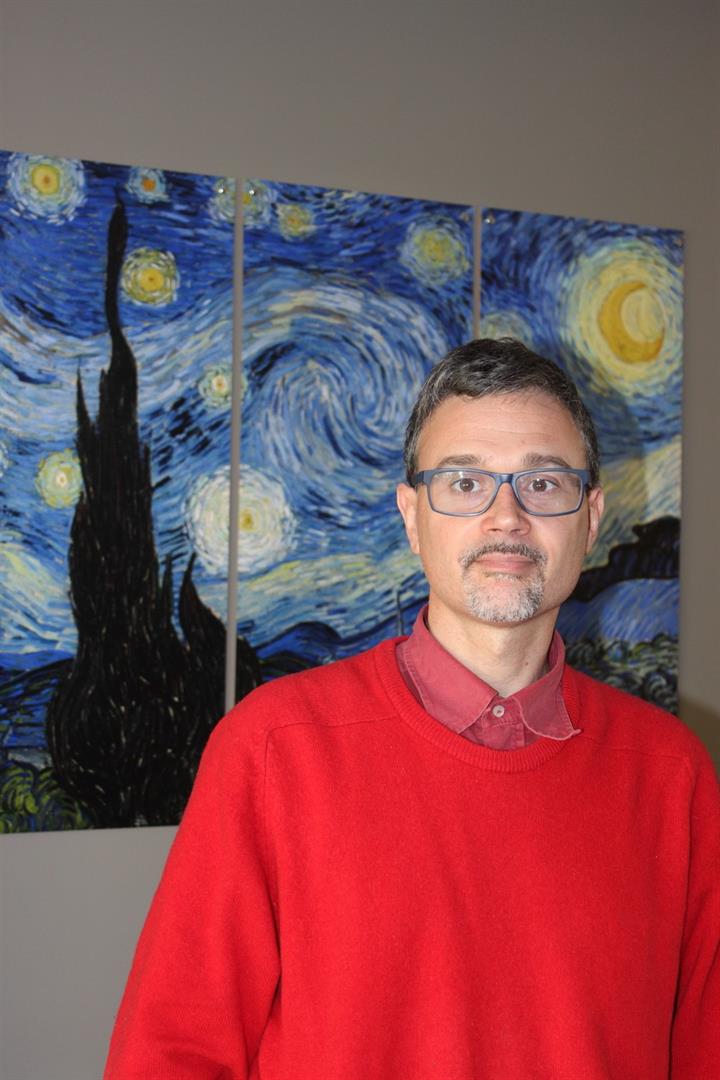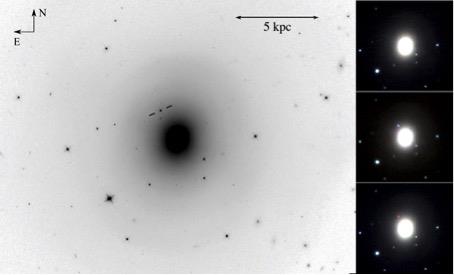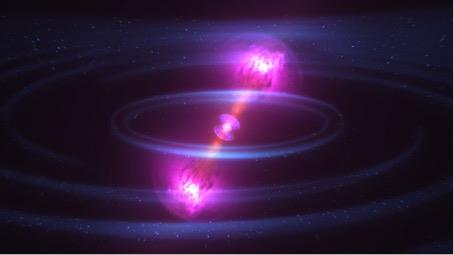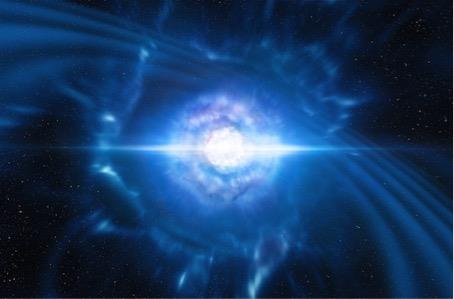Dr. Massimiliano De Pasquale, academic staff member of Astronomy and Space Sciences department, and his colleagues identified gravitational waves in gamma-rays.
For millennia, astronomers have studied celestial objects by detecting and interpreting the electromagnetic radiation they produce, such as visible light and, more recently, gamma-ray, X-ray and radio waves. When the Advanced LIGO (ALIGO) telescope detected gravitational waves (GWs) for first time in 2015, Astronomy entered a new era. We began to study extreme, compacts objects like black holes when they merge at a fraction of light speed, by measuring the ripples in the space-time that these objects produce during the process of merger. However, nobody had yet detected GWs coming from a source of gamma-ray, X-ray, optical or radio radiation.
Recently, for the first time the Astronomical community detected an event in both channels, electromagnetic waves and GWs. On August 17th, 2017, the NASA Fermi satellite and the European INTEGRAL satellite detected a weak gamma-ray “burst” (GRB), named GRB 170817A, while at the same time the observatories ALIGO and Advanced Virgo detected a GW signal produced by the merger of two neutron stars, objects with masses larger than the Sun but squeezed into spheres 20 km wide. This event must have been incredibly violent; in few seconds it released more energy than the Sun would put out in its 10 billions year life.
Figure 1: Optical image of supernova explosion in NGC 4993 galaxy, about 130 million light-years from Sun. GW170817 gamma-ray burst is shown between two lines right above the central region of the galaxy.
Telescopes from the entire world started to inspect the sky region from where the signals had come. A few hours later, they detected a new optical source, never seen before, close to the galaxy NGC 4993 130 million light years from us (Figure 1). Subsequent observations found that the source emission was unlike anything seen before, but it was compatible with hot material rich in heavy elements like gold and uranium and expanding at 1/4 the speed of light. This emission had been dubbed “kilonova”. Meanwhile, the Swift satellite and radio-observatories also studied this source. Initially they found nothing, but several days after, they detected weak X-ray and radio emission. In the articles to appear in Science and in the Astrophysical Journal Letters, my colleague and I propose a global explanation for the observations. The merger produces a jet of material moving at nearly the speed of light, but it does not point towards Earth; so we see only a weak gamma-ray emission (Figure 2). The kilonova ejecta, instead, are spread in all direction, also towards the Earth, and produce the observed early optical emission (Figure 3). Later on, the jet slows down and spreads too, illuminating the Earth as well, and we detect its X-ray and radio emission.
In August 2017, we saw the first simultaneous detection of a source in both the GW and the electromagnetic channel, we had the confirm that two neutron stars produce GRBs, we also saw the first case of an “off-axis” GRB, whose existence was predicted but never proved, and we saw how many chemical elements are produced and spread in the Universe.
Future scientists will undoubtedly say: “I wish I had been there!”.
Figure 2: When two neutron stars collide, small portion of the debris burst in jets at light speed and system emits gamma-rays for a brief period of time.
Figure 3: The merging of two neutron stars produces a violent explosion known as a kilonova.
A short movie of GW170817: http://apod.nasa.gov/apod/ap171016.html
References:
Evans, P. A., Cenko, S. B., Kennea, J. A., et al., “Swift and NuSTAR observations of GW170817: detection of a blue kilonova”, to be published in Science.
Kim, S., Schulze, S., Resmi, L., et al., “ALMA and GMRT constraints on the off-axis gamma-ray burst 170817A from the binary neutron star merger GW170817”, to be published by ApJ Letters.
Featured News
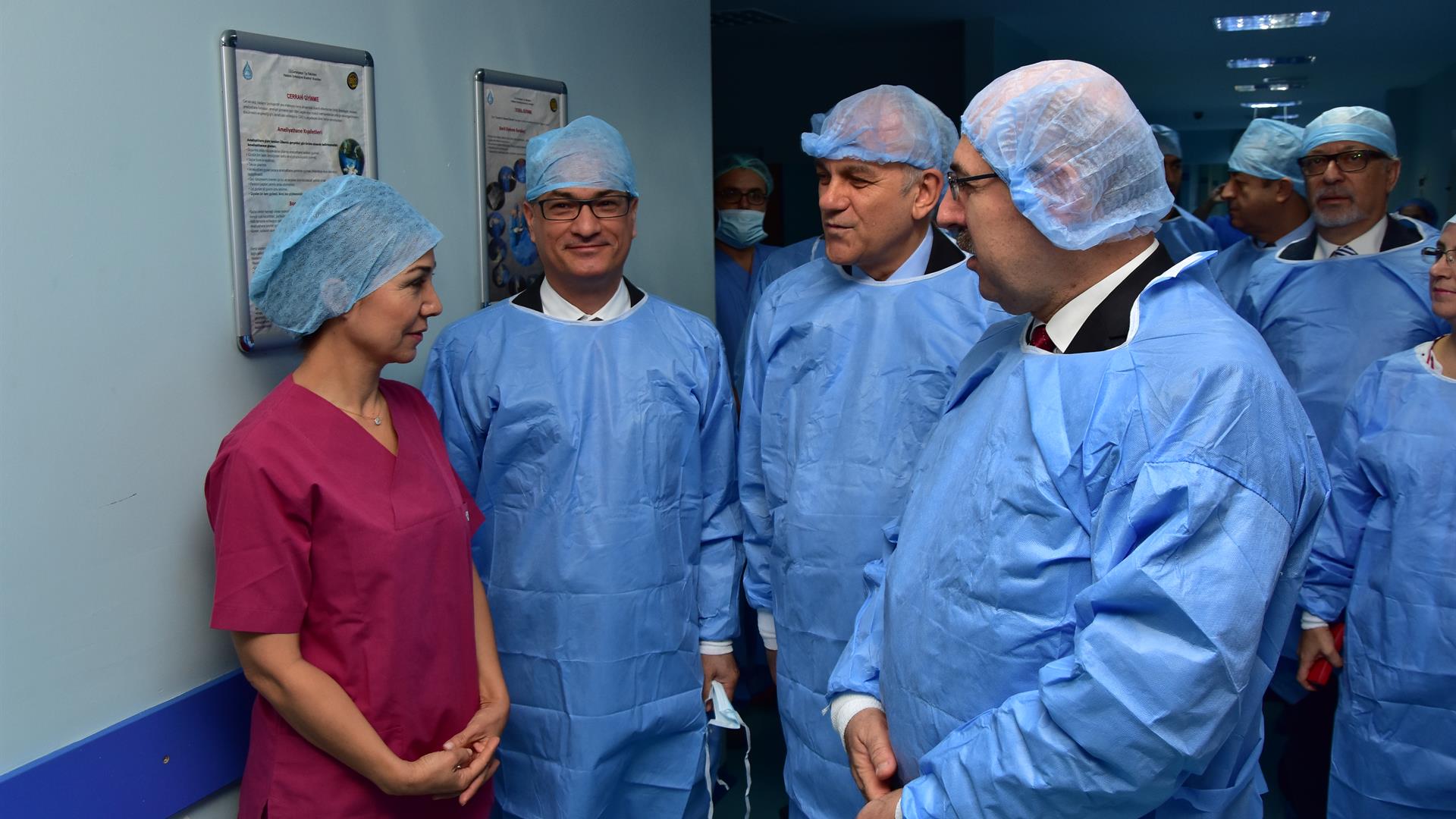
“Da Vinci” leaves no scar

100th anniversary of the end of World War I (WWI). Entitled “Homecoming Soldier. War and Society”
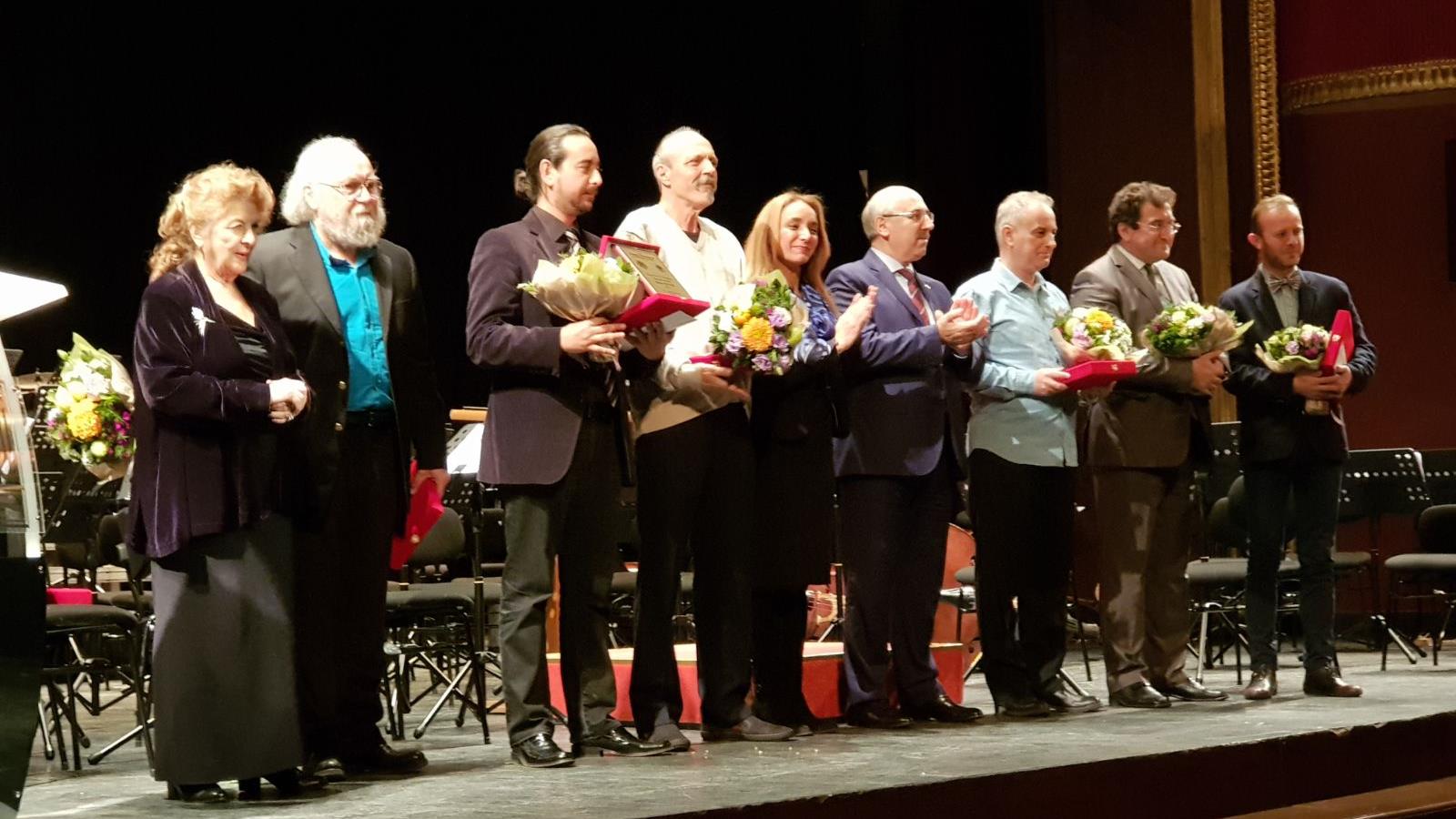
100th Anniversary of Darü’l-Elhan Celebrated
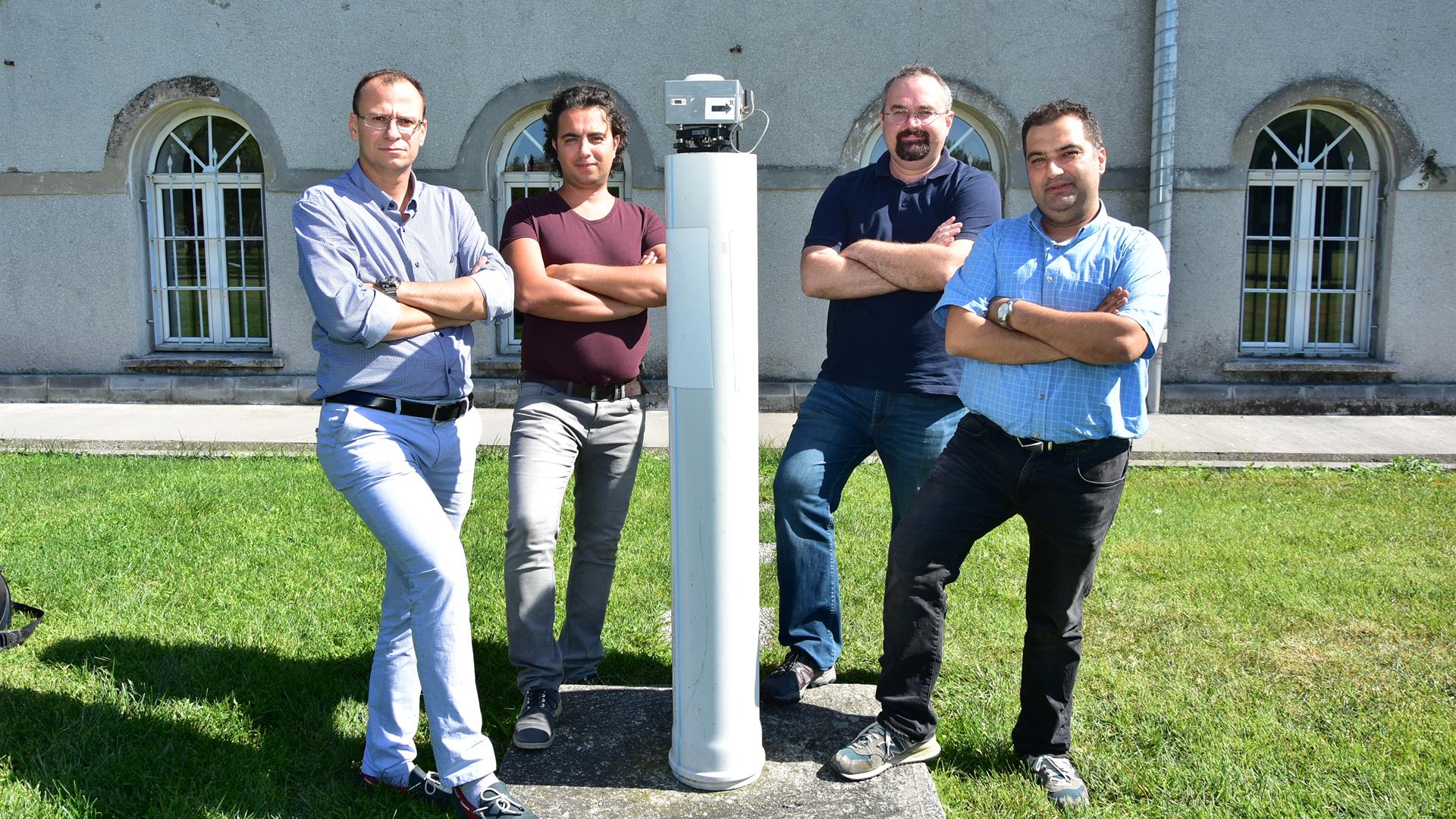
Earthquake risk assessment actualised

Coetzer: “The Central Role Students Play At The Symposium Is A Message I Am Going To Carry”
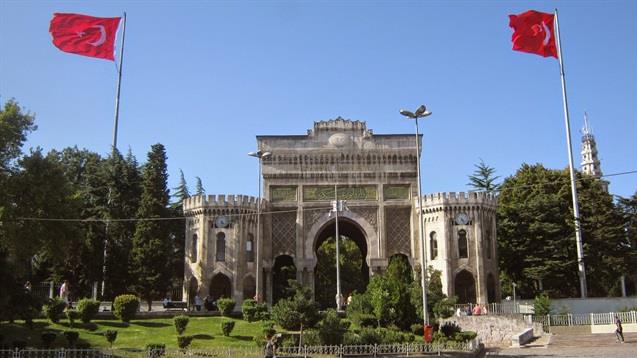
Three New Programs Teaching in Foreign Languages Opened at Istanbul University
